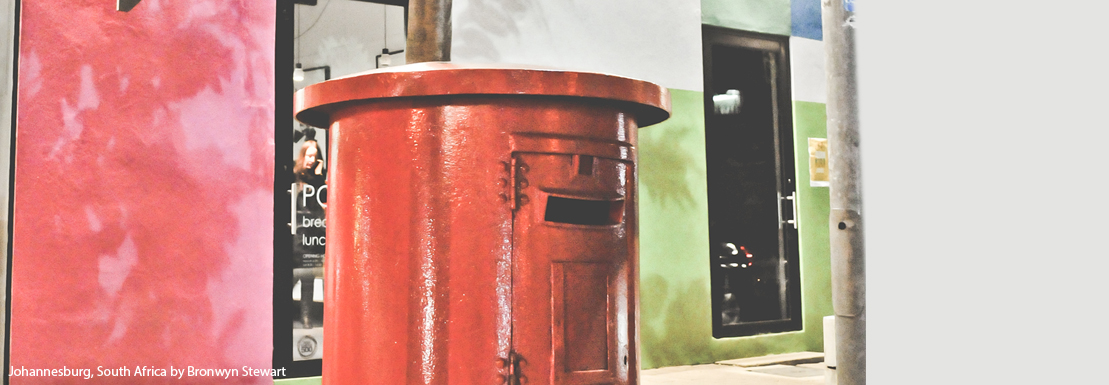World Economic Forum in Africa 2017
Old Bob Mugabe was there, as was President Zuma and South Africa’s new Finance Minister Gigaba.
Mugabe claimed Zimbabwe was not a failed state but actually the second most successful on the African continent; Zuma claimed he shuffled his Cabinet to put in young people and our new Finance Minister – a WEF virgin – regurgitated same-old same-old statements like a jukebox.
You put in a coin (or question), out comes a familiar record (or familiar answer).
As a veteran of 20 WEFs in Africa and Davos, my suggestion to newcomers is: try to remember one impressive thing, among the good things you hear.
This year for me it was Fly Zipline, which has revolutionised Rwanda’s health scene…
Look them up at flyzipline.com. Play the videos – my written explanation is not as good as seeing the movie!
‘Zips’ are drones, which can fly 200 kilometers at 100km/h. Launched from a very ordinary home in Kigali, like ‘planes from aircraft carriers; effectively shot from a cattie.
The Zip goes from 0-100 km/h in three seconds, flies up to 500 feet, and from there, flies to its destination on its own.
When it arrives, it dives down to about 50 feet, and then drops its load of up to four kilograms by parachute.
And the load? Blood. Pints and pints of blood, delivered to the hospital requiring it.
The hospital simply sends a WhatsApp message saying it needs this many bags of blood of A, B, AB or O type. It miraculously arrives 15-25 minutes later.
This is not just a plan. It is happening, folks, each day, over 500 deliveries a month. Started three years ago. There are about 15 Zips, so if a bleeding patient needs, say, ten bags of blood, two Zips are sent.
Now, for the impressive bit…
Three Americans, studying robotics, designed the Zips themselves. And the software. And the hardware. Then built them, plus the onboard computers which make them autonomous. The drones look like model aeroplanes with a six-foot (1,8 meter) wingspan and two propellers, at the back of each wing.
Each of 21 hospitals in Rwanda has a barcode, so when blood is loaded the drone automatically knows where to go and the route. Zips run on rechargeable batteries, check all their surfaces automatically every second, automatically alter aeronautical things that need to keep them flying in rain or high winds of up to 80km/h, dive and drop and return home, all without any human intervention, and if three or more arrive home at the same time, the drones do their own air traffic control…so they land seriatim, one at a time.
To land, a large hook comes off the top, it catches a line on the ground, and they safely drop down onto a large airbag.
The Zip’s nosecone is the battery, the box the blood is in is cardboard, the parachute with which the blood lands at the hospital is made of wax paper, and both are disposable.
The drone also checks all the time if all is well with itself, and if not, depending on the severity of the problem, either returns home immediately, tries to land on the nearest open field, or deploys its own parachute to land softly without hurting anyone.
At the drones’ home is a container-sized refrigerator filled with blood of various types, plus red calls, plasma and other blood products needed by hospitals.
The advantages are immense. Hospitals no longer keep blood, it is quicker and easier to get by drone. Hospitals no longer have to run blood refrigerators in remote areas using expensive generators.
Patients used to die because doctors had to wait for up to three days for a blood delivery by impassable road. Less blood gets wasted (blood has a life of about three weeks in a ‘fridge) and it is always available. The cost of delivery is a fraction of the road cost.
Vaccines are also delivered by Zips, as is urgent medicine, so clinics never run out of medicine (unless the whole country has).
Next on Fly Zipline’s agenda is bull semen. Yep, you read it right. This precious product has to be kept cool, is difficult to deliver to farmers at the right time, but will make a huge difference to the quality of Rwanda’s national herd if the good stuff from the prize bulls can get to those cows when needed.
With this working technology, Africa has leapfrogged the world. It is the Fourth Industrial Revolution in action, like Uber or Airbnb.
It was worth all the hot air of the World Economic Forum just to experience it. Go Zipline go! Another dozen African countries are now looking into it – and are at an advanced stage in signing contracts.

